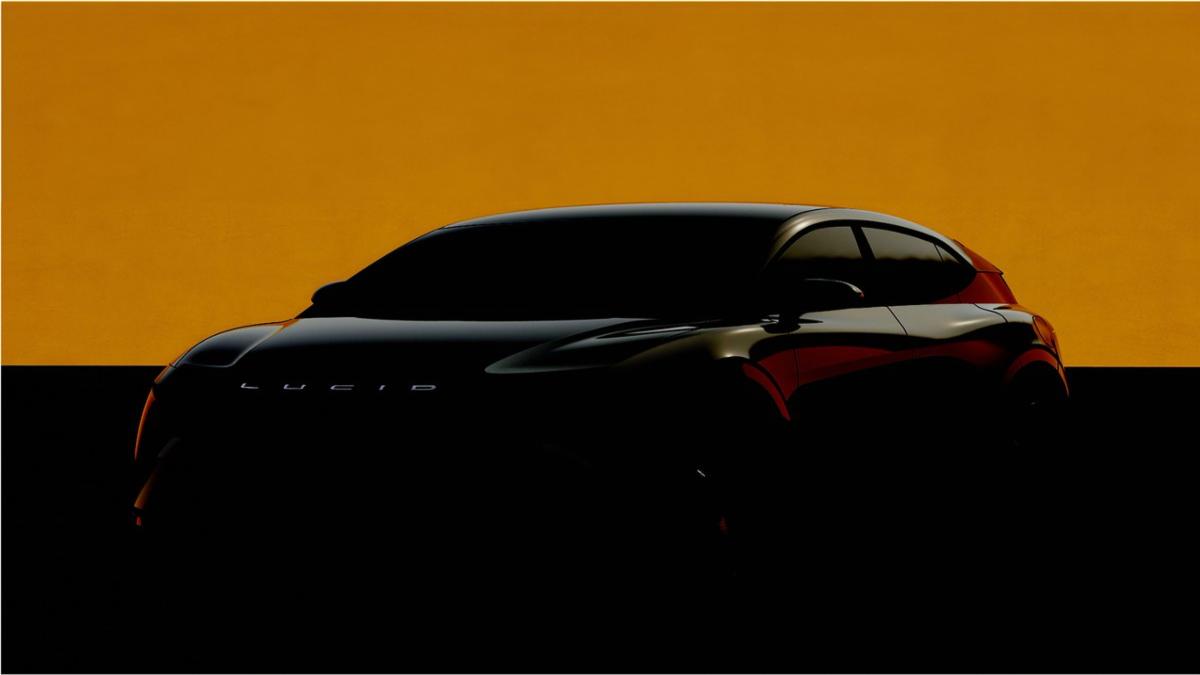Article Body
India is on the brink of a significant electric vehicle (EV) revolution. With rising fuel prices, increasing environmental concerns, and growing government incentives, EV adoption is no longer limited to luxury buyers. The upcoming wave of affordable EVs in 2025–2026 promises to bring sustainable mobility within reach of the average Indian consumer.
This article explores budget-friendly electric vehicles expected in the next two years—from Maruti’s first global EV to BYD’s ultra-low-cost Seagull and Tata’s EV expansion. Whether you're a first-time car buyer or considering your next family vehicle, this guide will help you decide if an EV is worth the wait.
🚗 Launch Date and Expected Price
Here’s a snapshot of key EVs launching in 2025–2026:
| Vehicle Name | Expected Launch | Estimated Price (Ex-showroom) |
|---|---|---|
| Maruti Suzuki eVX | Early 2025 | ₹12 – ₹16 lakh |
| Toyota Urban Cruiser EV | Mid to Late 2025 | ₹13 – ₹17 lakh |
| Tata Curvv EV | Mid 2025 | ₹11 – ₹15 lakh |
| Mahindra BE.05 | Late 2025 or 2026 | ₹20 – ₹25 lakh |
| Kia Clavis EV | End of 2025 | ₹11 – ₹14 lakh |
| BYD Seagull | 2025–2026 | ₹8 – ₹10 lakh (expected) |
| Leapmotor T03 | 2025–2026 | ₹8 – ₹9 lakh (expected) |
| Tata Altroz EV | 2025 | ₹10 – ₹12 lakh |
Most of these models aim to undercut existing EVs like the Nexon EV, offering similar features at lower prices.
⚡ A New Era of Electric Mobility
The next two years are poised to democratize electric mobility in India. Unlike premium EVs targeting niche segments, the upcoming launches focus on the mass market. These vehicles are designed for:
-
Urban families looking for a second car
-
Daily commuters seeking low running costs
-
Eco-conscious first-time buyers
This shift aligns with India’s national goals for EV penetration, offering incentives like FAME II, state-level subsidies, and GST reductions on EVs.
🎨 Futuristic and Bold Design
Automakers are ensuring these EVs aren’t just efficient—they’re also visually striking:
-
Maruti eVX & Toyota EV: Futuristic, SUV-like design with LED DRLs and aerodynamic lines
-
Tata Curvv EV: Sportback silhouette, sleek LED strip across the rear, floating dashboard
-
Mahindra BE.05: Bold ‘Born Electric’ identity with sharp creases, futuristic lighting
-
BYD Seagull & Leapmotor T03: Compact and youthful designs for city use
-
Kia Clavis EV: SUV-crossover stance with a digital-inspired interior
Most models will feature digital instrument clusters, floating infotainment systems, and premium dual-tone interiors.
⚙️ Powerful Performance and Range
Despite being affordable, performance won’t be compromised:
-
Maruti eVX: 60 kWh battery, ~500 km range
-
Tata Curvv EV: Expected 40–45 kWh, 400+ km range
-
Mahindra BE.05: 60–80 kWh, fast charging, 450+ km range
-
BYD Seagull: ~38 kWh battery, 300–400 km range
-
Leapmotor T03: Compact motor, ~300 km range
-
Kia Clavis EV: Likely 35–40 kWh, 350 km range
Top speeds will range from 100–160 km/h, depending on size and segment. Many will support DC fast charging, with 10–80% charge in under 45 minutes.
🧠 Advanced Features and Safety
Upcoming EVs will be tech-forward, even in budget segments:
-
Touchscreen infotainment with Android Auto/Apple CarPlay
-
Digital driver displays
-
360-degree camera, wireless charging
-
ADAS Level 2 features (in BE.05, Curvv EV)
-
6 airbags, ABS with EBD, ESC
-
Connected car tech via apps and OTA updates
Some will even support Vehicle-to-Load (V2L) tech to power devices directly from the battery.
🌟 Why These EVs Stand Out
These models are built for India, offering:
-
High ground clearance for bad roads
-
Longer range at affordable prices
-
Lower running costs (~₹1/km)
-
Lower maintenance due to fewer moving parts
-
Fresh design language to attract younger buyers
They combine value, tech, and style, making them far more than “cheap EVs.”
⚔️ Competitive Edge
Here’s a quick comparison of Maruti eVX and Tata Curvv EV vs current rivals:
| Feature | Maruti eVX | Tata Curvv EV | Nexon EV | MG Comet EV |
|---|---|---|---|---|
| Range | ~500 km | ~450 km | ~465 km (LR) | ~230 km |
| Battery Size | 60 kWh | 45 kWh | 40.5 – 50 kWh | 17.3 kWh |
| Price Range | ₹12–16 lakh | ₹11–15 lakh | ₹14–19 lakh | ₹6–9 lakh |
| Body Type | SUV | Coupe SUV | Compact SUV | Hatchback |
| Launch | Early 2025 | Mid 2025 | Available | Available |
❓ FAQs (User-First Section)
Is the Maruti eVX worth waiting for?
Yes, especially if you want an SUV-style EV from a trusted brand with a 500 km range under ₹16 lakh.
What are the top 3 features of Tata Curvv EV?
-
Sporty coupe-SUV design
-
450 km range
-
Futuristic interior with ADAS
How does Mahindra BE.05 compare to Tata Curvv EV?
BE.05 may offer a larger battery and more tech, but will likely cost ₹4–5 lakh more.
Who should buy BYD Seagull or Leapmotor T03?
Urban users needing a city car with low maintenance, great mileage, and a tight budget.
✅ Final Verdict – Is It Worth the Wait?
Absolutely. If you’re planning to buy a new car in the ₹8–15 lakh range, it’s smart to hold off until 2025–2026. The upcoming EVs bring modern tech, low running costs, and green mobility to Indian buyers like never before. With products from trusted names like Maruti, Tata, Mahindra, and Toyota, India’s EV journey is not just futuristic—it’s finally affordable.

Comments